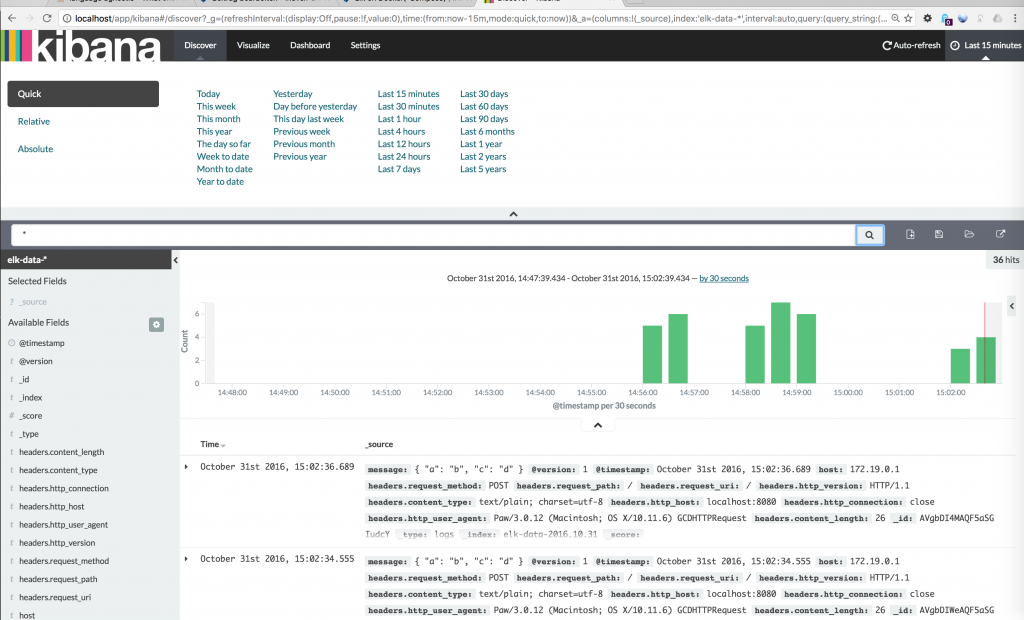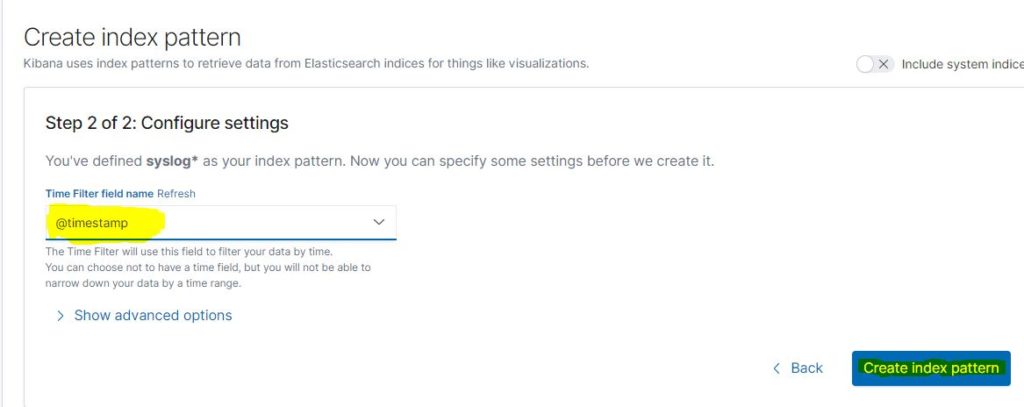
You can find the workspace ID and primary key in the workspace resource, under Agents management.The resource ID value is especially useful if you are using resource-context RBAC to provide access to specific data only. Defines the ID of the Azure resource where the data resides. Applies only if amount_resizing set to "false." Use to set a cap on the message buffer size (in records). Enable or disable the automatic scaling mechanism, which adjusts the message buffer size according to the volume of log data received. Set to define the maximum interval (in seconds) between message transmissions to Log Analytics. Each list item should be enclosed in single quotes and the items separated by commas, and the entire list enclosed in square brackets.
#Docker syslog logstash iso
The data in the field must conform to the ISO 8601 format ( YYYY-MM-DDThh:mm:ssZ)Įnter a list of Log Analytics output schema fields. Enter the name of the timestamp field in the data source. This property overrides the default TimeGenerated field in Log Analytics. Use this field to set an alternative endpoint. By default, this is the Log Analytics endpoint. The log table will appear in Microsoft Sentinel under Logs, in Tables in the Custom Logs category, with a _CL suffix. Only one table name per output plugin can be configured.

Set the name of the table into which the logs will be ingested. (The proper config file syntax is shown after the table.) Field nameĮnter your workspace primary key GUID (see Tip). Use the information in the Logstash Structure of a config file document and add the Microsoft Sentinel output plugin to the configuration with the following keys and values. (This will require you to build another Logstash system with Internet access.)
#Docker syslog logstash Offline
If your Logstash system does not have Internet access, follow the instructions in the Logstash Offline Plugin Management document to prepare and use an offline plugin pack.
#Docker syslog logstash install
The Microsoft Sentinel output plugin is available in the Logstash collection.įollow the instructions in the Logstash Working with plugins document to install the microsoft-logstash-output-azure-loganalytics plugin.

Microsoft does not support third-party Logstash output plugins for Microsoft Sentinel, or any other Logstash plugin or component of any type. You can open a support ticket for any issues regarding the output plugin. The current version of this plugin is v1.0.0, released. Microsoft supports only the Microsoft Sentinel-provided Logstash output plugin discussed here.

For more information, see Supplemental Terms of Use for Microsoft Azure Previews. This feature is provided without a service level agreement, and it's not recommended for production workloads. Data ingestion using the Logstash output plugin is currently in public preview.


 0 kommentar(er)
0 kommentar(er)
